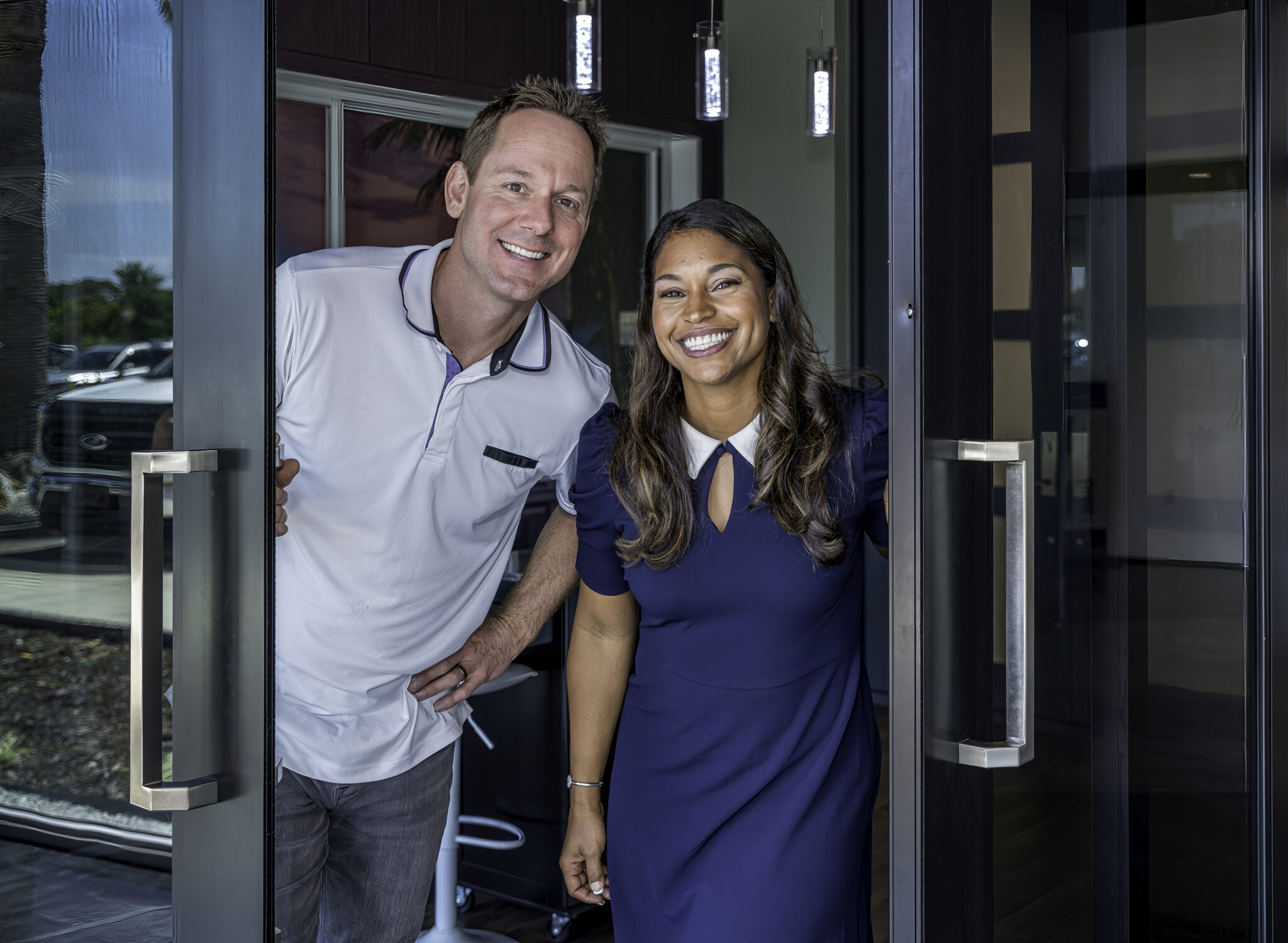According to one recent study, injuries and even deaths sustained from falling out a window are actually far more common than most realize. Approximately eight children under the age of 5 die each year from falling out a window, and more than 3,300 are hospitalized.
Related: 8 Tips to Protect Your Loved Ones
All told, infants are far more likely to fall off of things like furniture or even down the stairs. Older kids tend to fall from playground equipment. It’s toddlers who are the most likely to fall from windows – making this a major issue that you would want to address in your own home at all costs.
Thankfully, window safety isn’t necessarily the massive challenge that some think it is. It is absolutely possible to upgrade your family’s security in a safe and cost-effective manner. You just need to keep a few key things in mind while you do it.
Bringing Better Window Safety to Your Home: An Overview
Obviously, the #1 best practice in terms of improving the window safety in your own home involves supervising your young children as much as possible. Simply put, you need to keep a careful eye on them if they’re ever in a situation where falling out of a window is even a possibility. Make sure that they don’t go anywhere near open windows and make an effort to educate them on the dangers of these situations.
Practicing perfect supervision 100% of the time isn’t necessarily realistic, however. Sometimes you get distracted or you turn your back for a moment and a dangerous situation arises. That’s why it’s also a good idea to get “open window” motion sensors installed on all of the windows in your home.
Related: 6 Home Upgrades to Help Protect Your Family
These alarms are ideal because they won’t just tell you that a window has been opened. After they’ve been programmed correctly, they’ll tell you exactly which window has been modified so you can quickly make sure everything is okay.
Another tech-based solution that you could consider involves investing in a smart camera with child motion detection functionality. This is particularly helpful if there’s one window or even one room that you’re overly concerned with. The camera itself will send you automatic alerts to your smartphone, tablet or other mobile device whenever motion has been detected. You can also adjust the sensitivity to avoid getting a constant stream of false alerts if yours is a home with pets.
Additional Considerations for Window Safety

Installing locks and/or guards on your windows is also a great way to prevent certain types of dangerous situations. Many window guards screw directly into the side of the window frame and have bars that run across the entire unit that are a few inches apart. These can help prevent your young kids from getting to your windows altogether, while still allowing adults and older kids to easily open the windows in the event of something like a fire.
As you modify your windows with safety hardware, however, you’ll also want to be very mindful of meeting any and all window code requirements in your area. For residential windows, for example, all windows that are more than six feet above the ground outside the window must have a bottom opening that is a minimum of two feet above the interior floor of the room.
All rooms that people sleep in (along with all basements) also need to have “emergency escape and rescue openings” as well. Depending on the layout of your room, this could mean additional modifications to any safety hardware you’re planning on installing. The only exception to this is for basements that are smaller than 200 square feet that are primarily used for storage, not as living space. Likewise, if your home has a residential sprinkler system installed, the rules are a bit different.
But most importantly, the opening needs to be met by the normal operation of the window. People can’t require any type of special knowledge or even specific tools in order to get the window to open. You’ll absolutely want to keep this in mind before making a decision regarding window safety materials.
Related: Replacement Window Guide
Finally, you need to understand that regardless of how well you prepare, sometimes dangerous situations can still occur. That’s why, going above and beyond all of the window safety measures you’ve taken, you need to make sure that you have a fire and/or emergency escape plan for your home.
Regardless of the room someone is in, people need to be able to quickly get out of the house in the unfortunate event of a fire. Draw a map of your home and clearly mark the locations of all doors and windows. Make sure that everyone is aware of at least two ways to get out of each room if possible. If you’ve installed window guards or other hardware, make sure everyone knows how to easily get those windows open in a situation where every second counts.
Beyond that, you’ll want to stage fire drills in your home a few times a year – both during the day and at night. Help your loved ones practice the different ways to get out in an emergency – especially important during a situation when conditions may be changing rapidly. Likewise, designate a meeting place outside that is a safe distance from your house where everyone can get together once they’ve all exited. This way, you can make sure that everyone was able to exit safely.
In the end, never make the mistake of assuming that something like a window screen is enough to keep your kids from falling out a window. The consequences are simply far too high to leave anything to chance. If you’re having new windows installed, always make sure that they open from the top and not the bottom if you can. Likewise, you should always keep all furniture away from the windows in every room. This will discourage kids from climbing up to look out of the windows, which in and of itself may just prevent disaster from striking.




